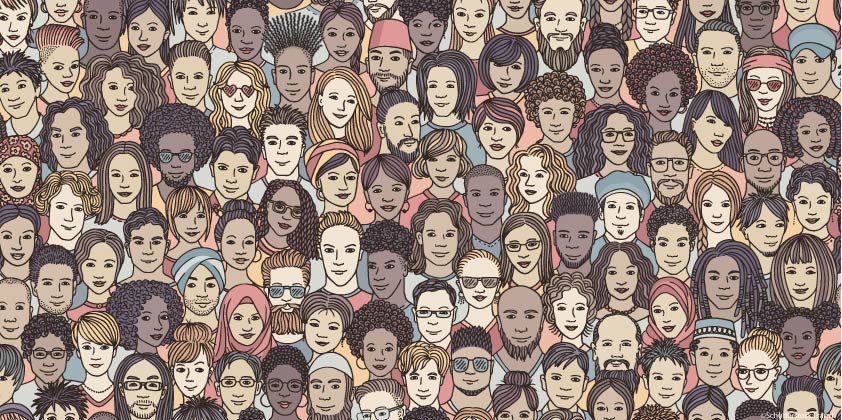The demographic composition of most countries has changed dramatically in the last decades. The questions of how different people with different backgrounds can peacefully interact in the modern and more globalized world, and how their societies may prosper, are among the most important challenges of recent years. There has been a growing interest among social scientists and policymakers in studying and uncovering the role that different types of diversity play in shaping social, political and economic outcomes. Exploring this issue is extremely important and relevant to a range of different public policies, including policies relating to immigration and integration.
How can we, and how should we, measure ethnic diversity? Lenka Dražanová (a Research Fellow at Migration Policy Centre) addresses these hard and highly contested questions in her new blog post. She presents her recently created dataset, the Historical Index of Ethnic Fractionalization (HIEF), and argues that there may be value in re-thinking the assumption of ethnic diversity being relatively time-invariant. Changes in heterogeneity might play a role in affecting the relationship between ethnic diversity and socio-economic outcomes. Looking at long-term effects and (rapid or slow) time-variant changes in ethnic diversity can help us to advance knowledge about peaceful co-existence in ethnically diverse societies.
